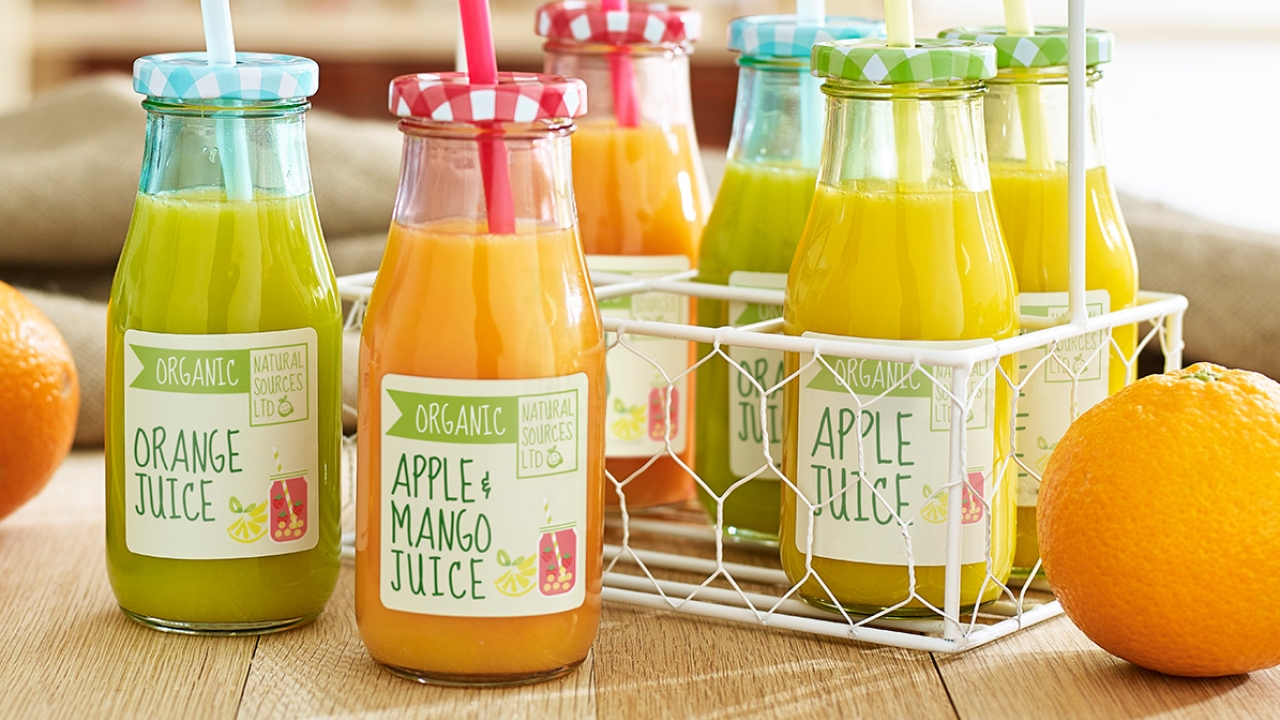Studies reveal importance of labels and packaging

According to the Tetra Pak 2017 Index, based on research conducted with KTNS, packaging has an important role to play as a gateway to greater consumer engagement. The report says that brands need to focus their online engagement on a new generation of influencers: ‘Super Leaders’, a digital community of early adopters who, when engaged, can become brand advocates to spread messages and shape opinions.
Packaging can be used to augment this. For example, digital codes printed on packages can improve transparency of traceability, allowing consumers to access information about the product right down to the source. The package can also be transformed into a platform for two-way information flow where brands can capture specific, valuable data about their consumers.
Alexandre Carvalho, director of marketing services at Tetra Pak, says: ‘The digital package gives brand owners a direct link to the consumer through an important communication channel – the product itself. To make the most of this, we are piloting the use of augmented reality and other digital technology in our packaging to help our customers stay ahead of the game.’
A psychological study from office products supplier Avery UK, meanwhile, has revealed how much labels matter when it comes to consumer decisions and loyalty. Working with a behavioral psychologist, Avery UK, a subsidiary of CCL Industries, tested consumer response to small business label designs.
The research included three scientific approaches to understand what makes a successful label, including the use of eye-tracking apparatus in controlled laboratory conditions to trace exactly where a label can lead the eye. Three online experiments were also conducted, testing 1,108 British adults to examine the more cerebral and behavioral aspects of labels, centered on product labeling, and mailing and shipping labels. A literature review of 159 academic papers was also conducted to identify gaps in knowledge and shape the rest of the study.
Consumer attention
Key outcomes included the importance of catching the eye, with bright colors and large labels making consumers stop and look, while bold lines, borders and stripes saw a label viewed 42 percent more than plainer labels nearby. Once a consumer’s attention has been captured, the best way to hold it and convert it into a desired outcome (purchase or a positive opinion of a brand) is to make the brain think and engage with the product or package. This can be achieved through emotion, information, priming, decision-making shortcuts and curiosity.
In addition, the use of multiple labels when shipping items increased positive emotions in the recipient and led to a higher likelihood of customer loyalty and repeat purchase. In fact, using multiple labels on a shipping package could increase ‘brand love’ by as much as 129 percent, perception of quality by 116 percent, purchase intent by 113 percent and word of mouth recommendation by 135 percent. Fiona Mills, marketing director at Avery UK, says: ‘We suspected there was more to the science of label design than might first meet the eye, but the discoveries have been extremely enlightening. We can now speak with the utmost authority to say that labels really do make a difference to the performance of small businesses.’
Packaging and in-store displays are viewed as more important to the success of the overall brand experience than channels like email, direct mail and mobile apps, according to a recent Chief Marketing Officer (CMO) Council survey.
Forty-six percent of respondents said that across the marketing landscape teams have separated into physical or digital groups, enabling specialization and functional focus but making alignment and cohesion across these channels even more difficult. Further, 66 percent of marketing leaders have reported that their end consumers are very sensitive or extremely sensitive to variations in packaging color and consistency.
The report draws on new research undertaken by the CMO Council in partnership with X-Rite, Pantone, Esko, MediaBeacon and AVT, and includes input from more than 153 senior marketing executives. ‘If brands can’t respond quickly and with great control, they will be seen as irrelevant,’ says Ron Voigt, X-Rite president.
‘Responsiveness is the result of digitizing, automating and connecting processes in the color workflow such that instead of taking weeks, they take days or even hours.’
This opinion article was first published in the 2018 L&L Yearbook, available to read online here
Stay up to date
Subscribe to the free Label News newsletter and receive the latest content every week. We'll never share your email address.


